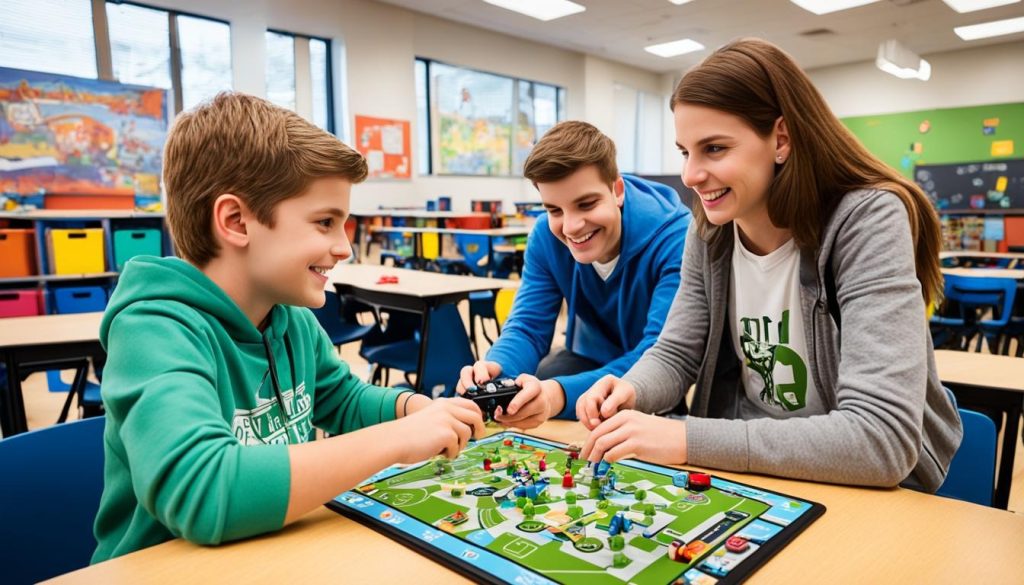In 2025, the integration of emotional intelligence (EI) and social-emotional learning (SEL) into differentiated instruction has become a crucial trend, recognizing the profound impact of emotional and social factors on learning outcomes. Advanced technologies now allow for the seamless incorporation of EI and SEL into everyday learning experiences, catering to the diverse emotional and social needs of students.
AI-powered emotion recognition systems, using a combination of facial expression analysis, voice tone assessment, and biometric data, can now accurately detect students’ emotional states in real-time. This information is used to adapt the learning environment dynamically. For instance, if a student shows signs of frustration, the system might offer encouragement, simplify the current task, or suggest a short mindfulness exercise.
Personalized SEL modules are integrated into the curriculum, with content and activities tailored to each student’s emotional and social development needs. Students who struggle with impulse control might receive more exercises focused on self-regulation, while those who have difficulty with empathy might engage in more perspective-taking activities.
Virtual reality simulations provide safe spaces for students to practice social skills and emotional regulation. These immersive experiences adapt to each student’s progress, gradually increasing in complexity as they develop their EI and social competencies. For students with social anxieties or autism spectrum disorders, these controlled environments offer invaluable opportunities to build confidence in social interactions.
Collaborative projects now include AI-moderated reflections on group dynamics and individual contributions. This encourages students to develop self-awareness and relationship skills, with the AI providing personalized feedback and suggestions for improvement.
Mood-adaptive learning content adjusts not just for cognitive states but also for emotional ones. A student feeling anxious might receive more positive reinforcement and less time-pressured activities, while a student feeling understimulated might be presented with more challenging, engaging content.
As we progress through 2025, expect to see more sophisticated integration of EI and SEL data with academic performance metrics. This holistic view of student development allows for truly comprehensive differentiated instruction, addressing not just academic needs but also crucial life skills and emotional well-being.











